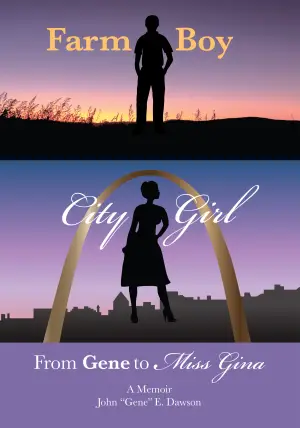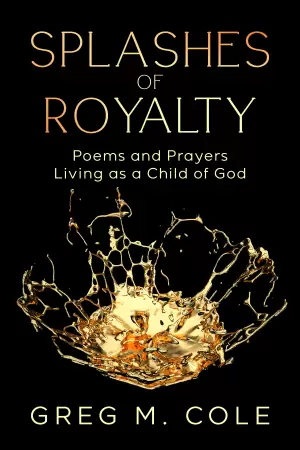Dismantling O’Reilly: A Review of Killing the Witches: The Horror of Salem, Massachusetts
When I first spotted Killing the Witches: The Horror of Salem, Massachusetts by Bill O’Reilly and Martin Dugard, I was intrigued. The Salem witch trials have always held an eerie allure, stirring curiosity about the dark mystique of 1692. However, knowing O’Reilly’s reputation, I approached the book with cautious optimism, expecting a compelling narrative woven with truth. Instead, I found myself navigating a literary labyrinth filled with historical inaccuracies, rampant hypocrisy, and an erratic writing style that left much to be desired.
From the outset, the book is ambitious but erratic. A mere 45% of the narrative focuses on the infamous witch trials, while the rest unceremoniously strays into topics as unrelated as the American Revolution and even pop culture references like The Exorcist. This uneven pacing makes the reading experience feel jarring, as though I were piecing together disjointed articles instead of absorbing a coherent history.
One of the most baffling choices was the authors’ use of present tense. It’s a bold stylistic decision that simply didn’t work for me. Writing about historical events in the here-and-now creates a disconcerting feeling that muddied the gravity of the stories being recounted. I found myself pulled out of the narrative, struggling to reconcile the temporal disparity.
Moreover, the American Revolutionary section was riddled with glaring factual missteps. The authors grapple with the events surrounding the Boston Massacre but manage to get major details wrong—like the number of casualties. Readers who know their history will find themselves wondering how deep the authors’ research truly went. I often felt like I was reading a very surface-level recounting of events, marred by inaccuracies that felt sloppy at best and disrespectful at worst.
The author’s note at the end, in which O’Reilly defends controversial figures like J.K. Rowling and Roseanne Barr, left a particularly sour taste in my mouth. The comparison of “cancel culture” to the historical witch hunts trivializes the tragedy of the innocent lives lost in Salem. As a reader, I found this equivalence not only inaccurate but downright offensive, detracting from the seriousness with which historical narratives should be approached.
In terms of writing style, the book lacks fluidity and coherence. It feels pieced together, presenting more of a patchwork than a well-constructed narrative. The ultimate irony? The subtitle, “The Horror of Salem, Massachusetts,” appears to fit the current societal discourse more than the historical events it covers.
Despite its many flaws, I believe there may be a niche audience for Killing the Witches. Those seeking a sensationalized overview of the witch trials without getting bogged down in historical accuracy might find some entertainment here. Yet for readers who crave depth, insight, and fact-driven narratives, I’d suggest looking elsewhere.
Ultimately, this book left me with more questions than answers about Salem’s dark past, and while historical revisionism is a prominent theme today, the depth of history deserves more than a half-hearted treatment. As I sit with this reading experience, I find myself longing for a work that genuinely honors the complexities of history rather than reducing them to mere sensationalism. If only I could press restart and dive into something truly enriching.
Discover more about Killing the Witches: The Horror of Salem, Massachusetts on GoodReads >>
















